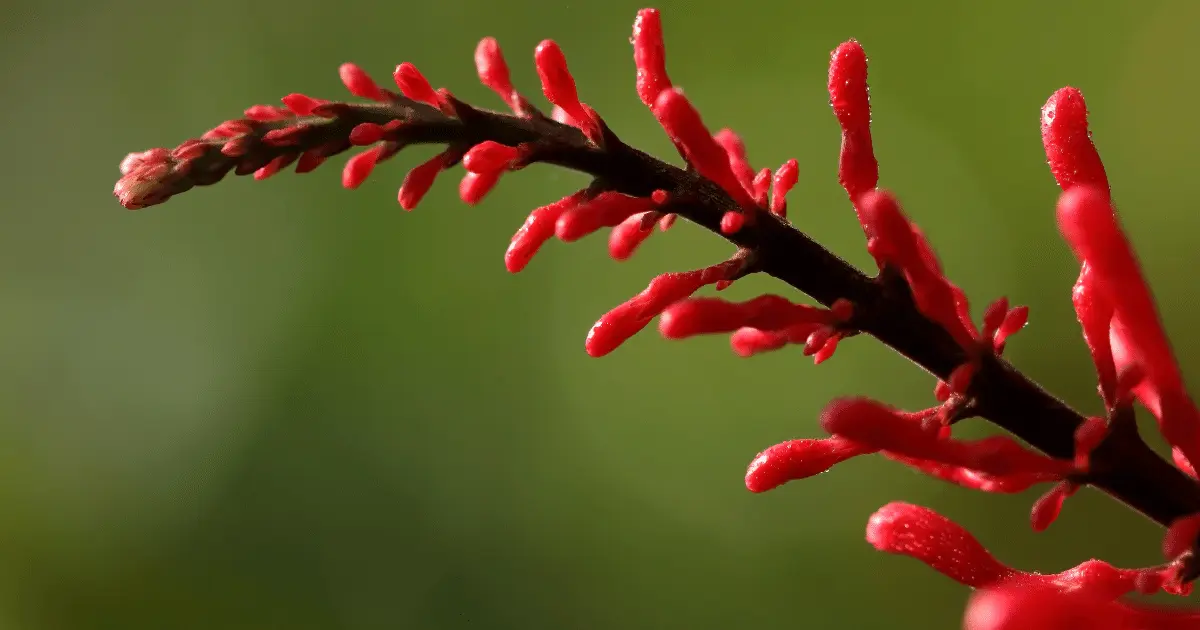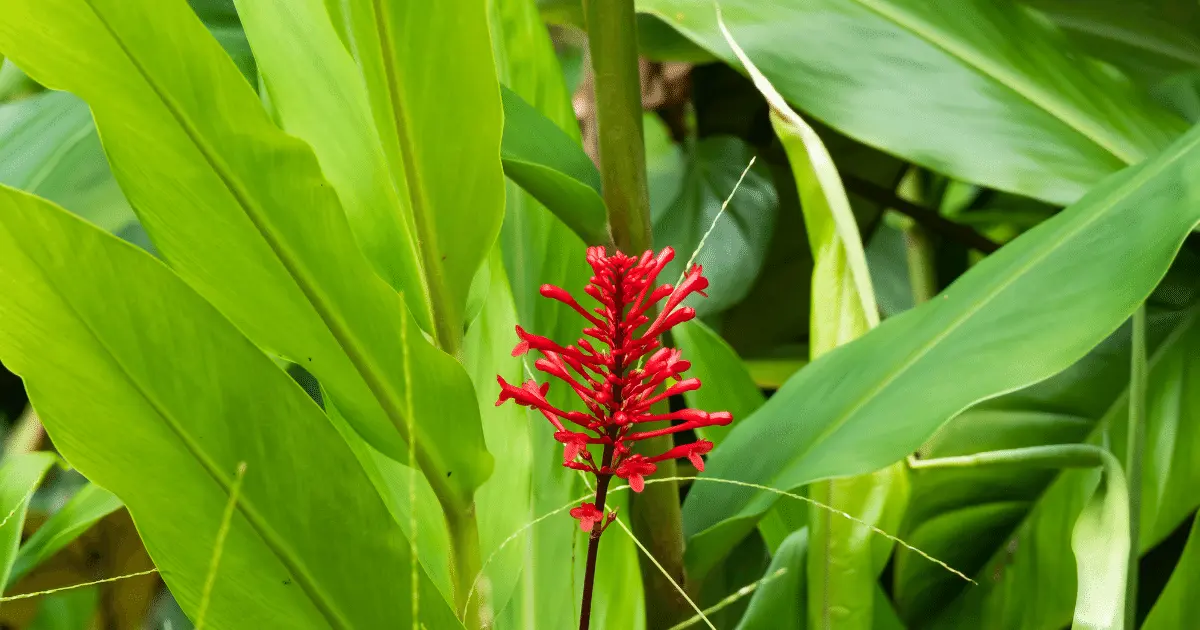The firespike plant got its striking name from its red flowers, shaped like fire flames. Its botanical name, Odontonema strictum, is also known as Crocodile fern, and they are naturally found in their native tropical environment in Southeast Asia, Mexico, and Australia.
Firespike plants are marvelous for landscape design for their striking beauty and ease of providing care and maintaining the plant. It requires little maintenance as long as you give the suitable condition required in its native environment (tropical climate conditions). They produce unique, beautiful flowers that blossom in summer.
How to Grow a Firespike Plant

The firespike is a sun-loving plant and requires adequate sunlight to thrive. You can cultivate the firespike plant through seeds or stem cuttings, and it will thrive if you follow the guide in this article.
Get healthy seeds from trusted vendors and plant for seed planting between late spring and early summer. And with this timing, your firespike plant will get the necessary sunlight under all other conditions, germinate early, and grow quickly within the season.
Most farmers I know prefer stem cutting to cultivate the firespike plant, which seems very direct compared to the seed planning of the firespike plant. Cut a stem from a healthy plant, and dip the stem cutting in a rooting hormone before setting it on well-drained soil.
I have emphasized the right conditions to get your firespike plant to blossom. Now I will detail what you need to do with the firespike plant.
Light Requirement for Firespike Plant
We now know it is a plant that originates from the tropics and thus needs exposure to sunlight. For this reason, I recommend that you plant your firespike where they can get enough sunlight. They will also do well in a shaded area if they get sunlight during the day.
Firespikes Water Requirement
You should water the firespike plant daily, especially in the morning, for the plant need enough water to thrive. Please do not leave them without water, for they will not survive drought conditions for a long time. Adding mulch is best to maintain moisture content to keep the soil moist.
Soil Recommendation for Planting Firespike
A well-drained soil with a pH level neutral or slightly acidic is required to plant the firespike. If you are using sandy soil, it is best to add some compost which will allow the soil to retain water which is essential for the growth of the firespike plant.
Adding organic compost is necessary when you are planning indoors, as the soil will require this treatment. As you can see, it does not need much to get it right with the soil, for you can use your regular soil for this purpose.
Fertilizer Requirement
Using fertilizer is optional, for they can cope well with the right environmental conditions. But if you must use fertilizers to boost growth, I recommend using light fertilizers and applying them in early spring during the earlier stage of planting.
Pest and Diseases Control
The low-cost maintenance of the firespike plant still comes down to pest and disease control. Since they are free from regular pests and diseases, you do not have to spend resources on fungicides and other pest control measures.
It also reduces the work and amount of manpower you will need to eradicate pests and diseases, especially when planted on lawns.
Pruning
Pruning is essential to keep plants neat since they can grow and cover up space. You should give space between each plant, 24 inches apart, to get a uniform and attractive plant. However, such areas will cover up soon since the plant grows well under perfect conditions.
You will prune dead plants and cut off those covering the designed space or plan. Also, pruning will make the garden attractive, and you will get the best out of this striking plant.
Propagating the Firestrike Plant through Stem Cuttings

You can propagate the firestrike plant with seed or stem cutting, and it is easy to propagate through stem cutting. With a firestrike plant, you must cut a stem or shoot directly from it and plant it in the soil.
After you have tour stem or shoot cutting, you can propagate the plant using the guide below:
- Ensure that the cutting is at least two feet long.
- The next step is to dip the shoot or stem cutting to a rooting hormone. Although this may be optional, I recommend you not skip this step to ensure that your firestrike plant germinates on time.
- It would be best if you placed the cutting on the soil at a depth of one foot. Then put it on a stake to ensure fast growth.
- Watering the cutting regularly to ensure that they germinate and grow.
Frequently Asked Questions
Can the plant thrive under partial sunlight?
In some places, the area where the firestrike plant is planted only receives sunlight at certain times of the day. Such conditions can be referred to as partial sunlight, allowing the plant to thrive. In some regions with intense sunshine, too much exposure will harm the plant as it gets crispy.
How does the fire strike plant fare during frost or winter?
The fire strike plant thrives with adequate sunlight, and the cold condition will kill the plant. However, the plant may restore its green foliage and red flowers during the summer, as the frost only affects the upper part of the plant.
How do we protect the firestrike plant during frost?
During the frost or winter season, you can protect your firestrike plant by covering them with any form of a blanket. The cover will protect the part of the plant above the ground and keep them looking striking during frost or cold temperatures.
